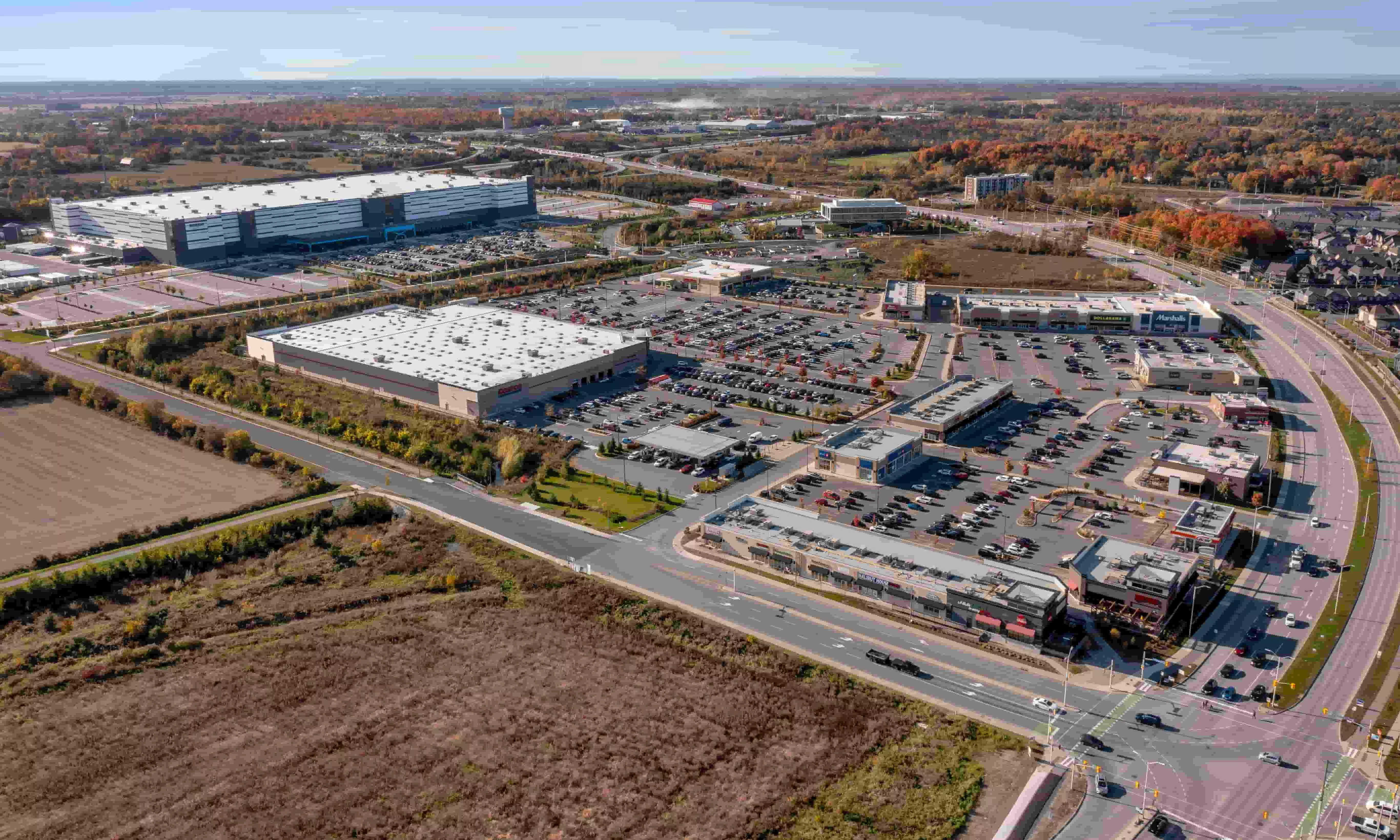‘Make in India’ to drive warehousing demand in the country

By virtue of possessing the seventh largest landmass in the world with abundant natural resources and links to some of the oldest and most modern supply chains, India is on the path to becoming the manufacturing engine of the globe. This spells a huge opportunity for domestic and global giants who now view India as the new epicentre of their global operations. Initiatives such as Make-in-India, Digital India, Smart Cities and Production Linked Incentive Scheme, the rise of Internet commerce and the implementation of the Goods and Services Tax (GST) have further opened up opportunities for manufacturing in India.
To ensure the success of Make in India, a robust warehousing and logistics infrastructure becomes imperative to create a thriving manufacturing sector. This allows fast and seamless movement of goods across the country while ensuring their quality remains intact with the presence of a modern warehousing infrastructure in India. According to an industry report, the Indian warehousing market pegged at Rs 1,206.03 billion in 2021, is expected to grow to Rs 2,872.10 billion by 2027, expanding at a CAGR of 15.64%.
From godowns to warehouses: The transformation of Indian warehousing industry
Till a few decades ago, Indian businesses solely relied on traditional storage infrastructure known as Godowns for all perishable and non-perishable items which led to a loss in the quality of products and a delay in product movement. The E-commerce revolution since the early 2000s along with evolving government policies led to a significant increase in the demand for modern tech-enabled warehousing infrastructure in the country to enable faster movement of goods for customer delight and a reduction in logistics costs for the companies. From smaller warehouses of under 50,000 square feet, today there are large warehouses or fulfilment centres ranging from 1.5 lakh square feet to 5 lakh square feet and even going up to 10 lakh square feet, signalling the ushering of large warehouses in the country.
The transformation has not just happened on the infrastructure front but also on the technology front with innovations happening on inbound, quality check, packaging and processing of the product. These have been complemented by the introduction of long conveyor belts, and automated robotic systems where man and machine work together. This is enabling greater efficiencies in operations which are bringing goodness across the value chain for companies and customers alike. While the customer is receiving its shipment faster, companies are able to reduce their logistics, and overhead costs and bring fiscal discipline.
Furthermore, this is creating numerous employment and entrepreneurship opportunities across the country with the growing demand for trained workforce, technology providers and allied services providers such as trucking, security, food and beverage partners. This also assumes significance as the development of this infrastructure is occurring in the city outskirts which is driving increased economic activity for the local residents and transforming the region.
Landowners turn developers with the warehousing revolution
The large-scale development of modern, tech-enabled warehousing in India is not easy to fulfil due to the lack of industry expertise and fragmented land ownership across the country which resides with small, medium and large landowners. With a majority of the land being agricultural, the average land holding in India is 1.1 hectares and it becomes important to empower all small landlords and aggregators across the country to become entrepreneurs through the development of quality warehousing infrastructure. This will play a pivotal role in further expanding the burgeoning warehousing infrastructure development in the country which is currently limited to the top 8-10 cities only.
Furthermore, it will enable local landlords and aggregators to acquire the necessary skill sets and knowledge to attract the right clients and make the right use of their real estate assets as India looks forward to becoming a $5 trillion economy. This, complemented by the rise of industrial and warehousing consulting firms in India bodes well for this fast-emerging sector. As we look forward to the next decade of India’s rapid growth, the role of warehousing will be extremely important to support emerging sectors while enabling established industries to bring efficiencies in their operations.
The views and opinions expressed in this article are those of the author and do not necessarily reflect the views of Indian Transport & Logistics News.



